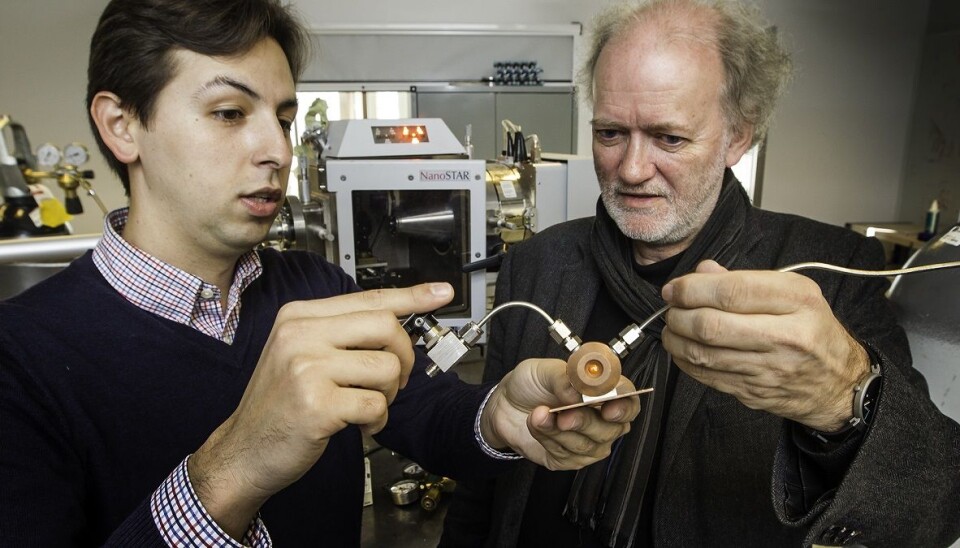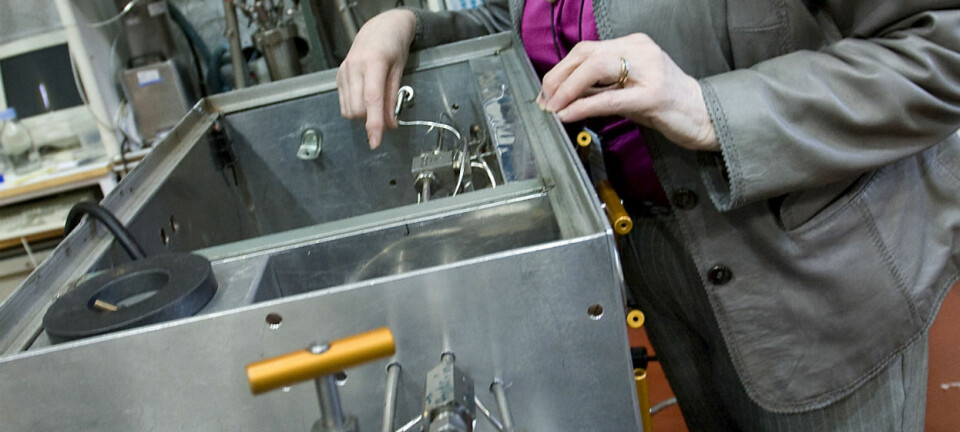An article from Norwegian SciTech News at NTNU

Clay can be used for carbon capture
Ordinary clay can be as good as more advanced materials for capturing carbon dioxide.
Denne artikkelen er over ti år gammel og kan inneholde utdatert informasjon.
Carbon capture will play a central role in helping the nations of the world manage and reduce their greenhouse gas emissions. Many materials are being tested for the purpose of capturing CO2. New results show that ordinary clay can work just as effectively as more advanced materials.
“It is quite remarkable that clay can capture as much CO2 as other materials that are being investigated,” says Jon Otto Fossum, professor at the Department of Physics at the Norwegian University of Science and Technology (NTNU).
Clay offers many benefits compared to other materials, particularly because other potential materials can be expensive, difficult to produce, toxic and not particularly environmentally friendly.
A possible practical future use of this discovery could be to include clays in CO2 filters for industrial-scale CO2 emissions reduction.
“What we are doing is basic research,” Fossum says. “It will take more research to develop the technology, so we don’t expect clay-based CO2 capture to be readily available anytime soon.”
Published in Scientific Reports
NTNU researchers Leander Michels, a PhD candidate and Fossum led the research effort, in cooperation with researchers from the Institute for Energy Technology in Kjeller, Norway, and scientists from the Slovak University of Technology, the MaxIVLab at Lund University and the Universidade de Brasilia.
The results were recently published in Scientific Reports, a peer-reviewed journal published by the Nature Publishing Group.
Selective, reusable and inexpensive
A good material for capturing CO2 must meet specific requirements. It should have a large surface area and good adsorbtion capability. It should be able to capture CO2 selectively before it captures other molecules, it should not need a lot of energy for it to work, and it must be reusable. Moreover, it must be inexpensive and environmentally friendly.
Certain clay minerals meet these criteria, particularly smectite, a group of clay minerals that swell in contact with water, which are known as layered nanosilicates.
The researchers used synthetic smectite in their experiments. Artificial clays can actually be inexpensive to make.
Clay surface actively captures CO2
The researchers found that CO2 in gaseous form binds to smectite, and that it is not only the smectite clay surfaces in themselves that are responsible for binding CO2, but principally that ions associated with the clay surfaces are the active capturers.
A smectite clay called lithium-fluorohectorite can retain CO2 at temperatures up to 35 degrees C at ambient pressure. The CO2 that is captured by the clay is released when it is heated to temperatures above this limit, which allows CO2 capture to be controlled.
“Our experiments show that this kind of smectite can capture and retain as much CO2 as other materials that have been studied for this purpose,” Fossum says.
-------------------------------------
Read the Norwegian version of this article at Gemini



































